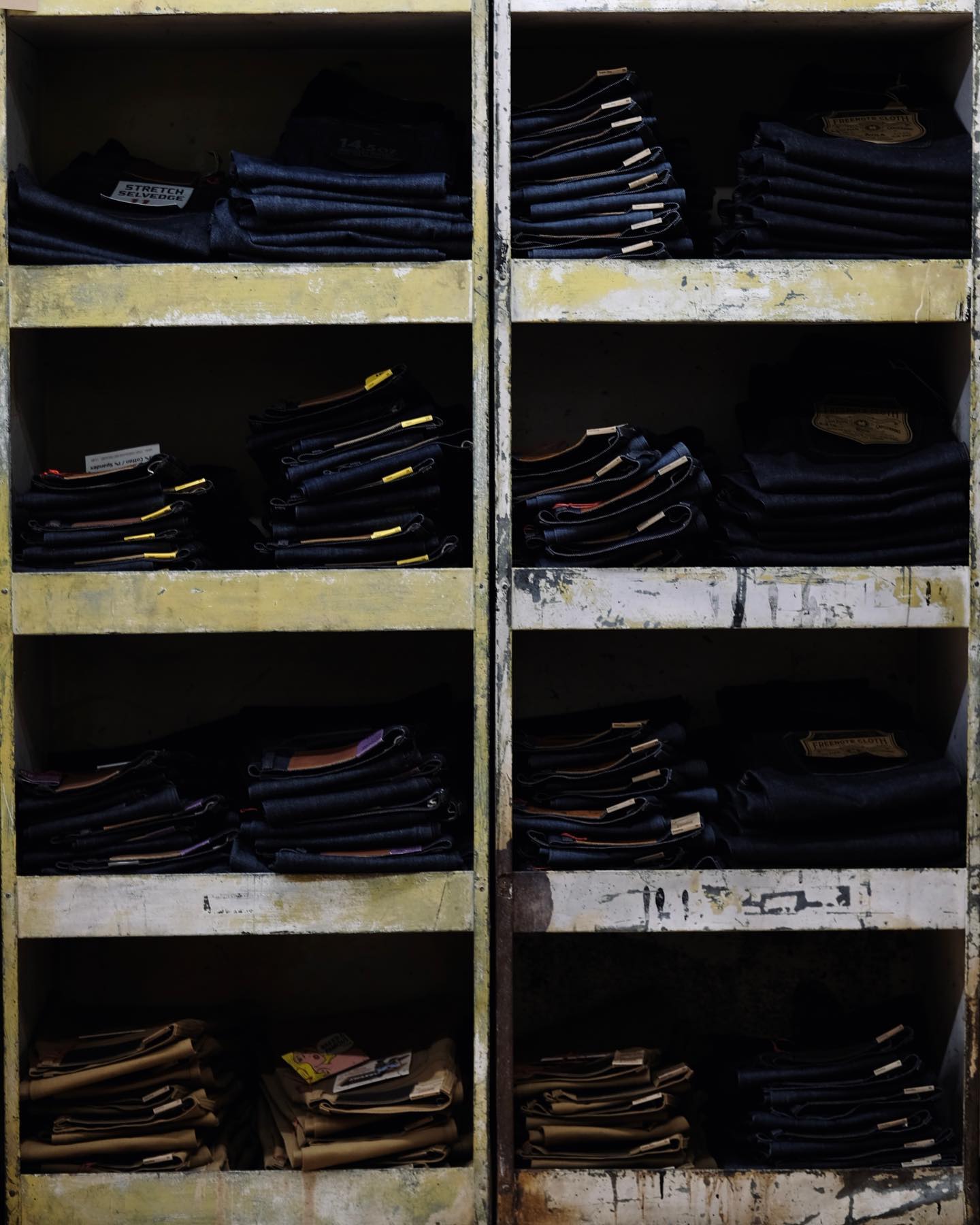
Taking Care of Your Waxed Canvas

Waxed canvas clothing was first developed by sailors in the 16th century to combat the unrelenting waves of the sea. The material proved to be a great water repellent, a trait that makes it popular in the Pacific Northwest.
The wax was originally made from melted down animal fat and other oils, designed to be applied to sail cloth. Linseed oil was later adopted, offering much improved water repellency. But linseed oil was still far from perfect. It would harden the cloth and turn it yellowish over time.
In the early 1900s, Paraffin-based waxes became the gold standard. Paraffin wax is a natural, soft, odorless and nontoxic solid compound, and has been the primary wax used on canvas and cotton products ever since.
But that doesn’t come without a little maintenance. Over time, the wax coating on your favorite jacket will break down and wash away along with its waterproof properties. So you’ll occasionally need to reapply a coat (which is true of a lot of waterproof gear. Even GORE-TEX needs upkeep).
Here at Porterhouse, we carry Filson’s oil finish wax, which is a great option for restoring a layer of waterproof wax to your waxed canvas. As you might expect, it’s a paraffin-based wax.
Wash First
If the garment (or bag) is dirty or has developed an undesirable scent, you should soak it in some cold water first to take off as much of the grime, dirt and scent as possible. In most circumstances, you shouldn't machine wash waxed canvas. This will ruin the fabric and the existing wax coating.
After that cold soak, let the garment dry completely.
Applying a New Coat of Wax
The key to successfully waxing your canvas is to apply a coating evenly across the fabric. Work a hunk of wax in your fingers to warm it up and start pushing it into the fabric. The heat from your hands should make the wax fairly malleable and easy to apply.
After you’ve applied an even coating of wax, you'll want to make sure that the wax saturates the fabric. Grab a heat gun or a hair dryer and blast the entire garment or bag. The heat will break down the wax even further, helping it seep into the cloth.
As you work, keep an eye out for lighter spots in the canvas. The oilier the fabric, the darker it’ll be, so light spots need the most attention. Those are areas where the majority of the wax has deteriorated. With a good layer of wax plus constant and thorough heat, the fabric should take on a noticeably darker sheen.
Once you’re confident you've got the whole thing waxed up nicely, hang the piece to dry overnight. Oils from the wax will make their way to the surface of the garment.
And that’s it! You can either wear it as is or dry it off with a rag.
Even application of wax → Heat → Hang dry → Look good
Continue the adventure knowing that your waxed jacket is ready to keep you dry and protected out in the elements. Canvas is a wonderfully durable fabric, and proper maintenance will keep it in tip-top shape for years to come.

